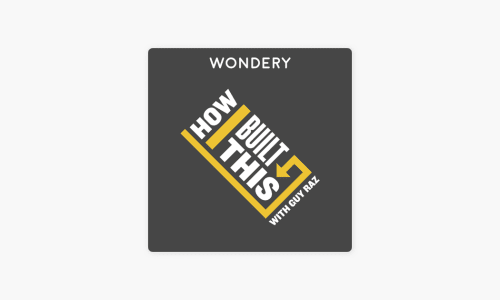See all How I Built This with Guy Raz transcripts on Applepodcasts

Delivering the future in drones with Keller Rinaudo Clifton of Zipline
40 minutes 29 seconds
🇬🇧 English
Summaries Topics Transcript Chapters Titles Socials Twitter Blog Post Newsletter Quotes Quizzes Ask ChatGPT

Omnivision Solutions Ltd